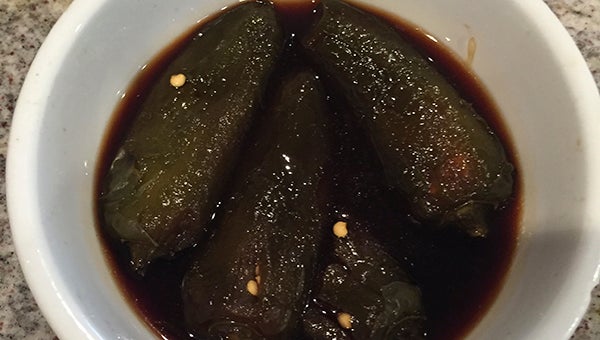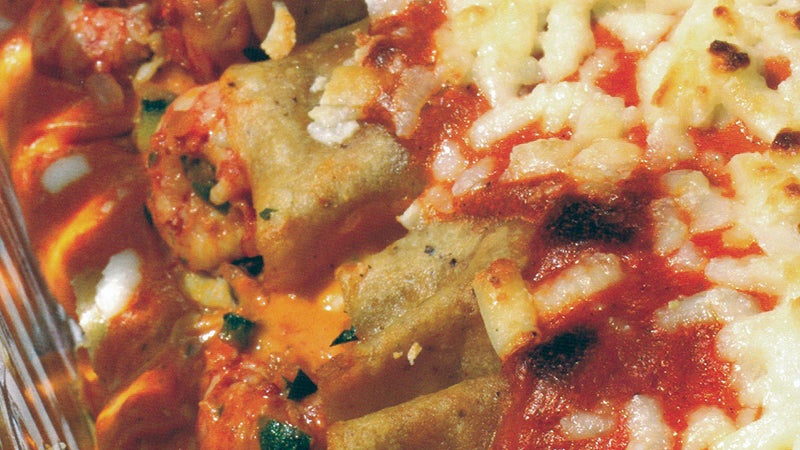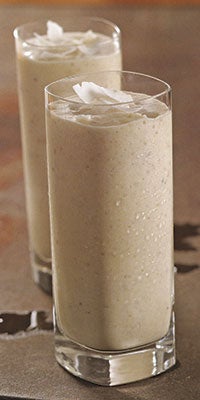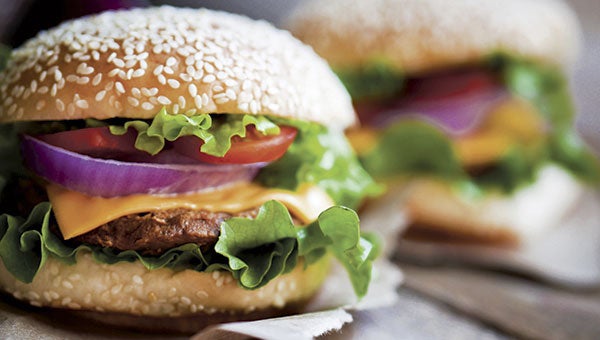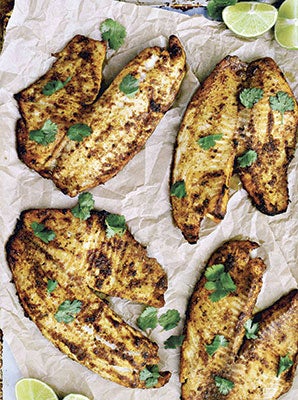Holy Jalapeños! Try these recipes
Published 12:04 am Saturday, July 18, 2015
Our trips out West have me thinking more about pepper. We are growing several kinds: gypsy and banana are the sweeter ones and we have my favorite—jalapeño. The jalapeño was named for the town of Jalapa, Mexico, where it was originally marketed. The fruit skin may show a brown netting pattern called corkiness which does not affect the flavor. Because the thick fruit walls keep the pod from drying naturally on the plant, the mature red jalapeños may be dried by smoking them over mesquite or another hardwood, and the product is called chipotle. My husband has planted some seed of some other hot ones that interested him: chile de arbol which as the name says is to be tree like. He has also obtained seed of chiltipen. This is the wild ancestor of all Capsicum annuum varieties. It likes to grow in dappled shade and is a perennial plant. If a freeze occurs it can come back from the root. It produces a small round hot pod. He also has a Texas bird pepper which is similar to the chiltipen. His hero, Thomas Jefferson, grew the bird pepper. Several of these seeds have come from Native Seeds in Tucson, Ariz., which does a nice job of promoting sustainable gardening and saving seeds from sources in the western deserts. We like to visit every time we go to Tucson. I buy beans and other products. My husband buys plants and seeds, although the plant sale this year was another month away. One of their seasons is the monsoon season in July which gives a lot of plants a good start.
Capsicum species are members of the family Solanaceae, the nightshade family, which includes eggplant, petunia, potato, tobacco, and tomato. They are not related to the black pepper, Piper nigrum, which is a tropical vine. Botanically, chile peppers are perennial subshrubs when grown in their native habitats but we in the more temperate areas grow them as annuals.
Chiles originated in the Americas. By the time the Spanish arrived in Mexico there were already dozens of varieties. Christopher Columbus, too, sent seed back to the Old World and they were planted extensively in the Portuguese and Spanish colonies resulting in even more diversification. Within 100years, chiles had circumnavigated the world and were growing everywhere in temperate and tropical climates.
Our favorite place to stop when we pass through Las Cruces, N.M., is in the old town of Mesilla which, of note, was the Confederate capital of the Arizona Territory. We love the posole at Ándele. This year we discovered something new (to us, anyway) — a pickled jalapeño. We learned we needed to roast the mature jalapeño, peel it and soak it in soy sauce and lime juice (3:1 ratio) for three days. Less time and it will be hotter. We really liked this pepper.
Last year I bought The Complete Chile Pepper Book. To roast and peel pepper pods, first cut a small slit in the pod close to the stem end so that the steam can escape. The pods can be placed on a baking sheet and put directly under the broiler, or on a metal screen on top of a burner. The author suggests the easiest method is to use a barbecue grill. Place the pods on a grill 5 to 6 inches from the coals or gas flames and turn them often. Blisters will soon form, indicating that the skin is separating. Be sure that the pods are blistered all over before you take them off the grill or they will not peel properly. The pods may burn slightly, but take care that they do not blacken entirely or they will be overcooked and will be nearly impossible to peel.
Taken from The Everything Tex-Mex Cookbook by Linda Larsen.
Jalapeño Poppers
Makes 24
12 small jalapeño peppers
¼ pound chorizo sausage
1 ½ cups shredded Cheddar cheese
2 eggs, beaten
½ teaspoon salt
1/8 teaspoon pepper
¼ cup cornmeal
¼ cup flour
½ cup finely crushed corn flakes, cereal
Vegetable oil
1 cup Nacho Cheese Sauce
Cut jalapeño peppers in half and gently remove seeds and membranes. In heavy skillet, over medium heat, brown chorizo sausage until thoroughly cooked; drain and let cool for 10 minutes. Mix with cheese.
Stuff the cheese filling into jalapeño halves. Combine eggs, salt, and pepper in shallow bowl. Combine cornmeal, flour, and crushed cereal in another shallow bowl. Dip each stuffed jalapeño in egg, then into cornmeal mixture to coat. Set on plate, cover, and chill for at least 1 hour.
When ready to serve, heat 1” of vegetable oil in deep heavy skillet over medium heat until temperature reaches 350 degrees F. Fry stuffed jalapeños for 2-4 minutes until brown and crisp. Serve with warmed Nacho Cheese Sauce.


